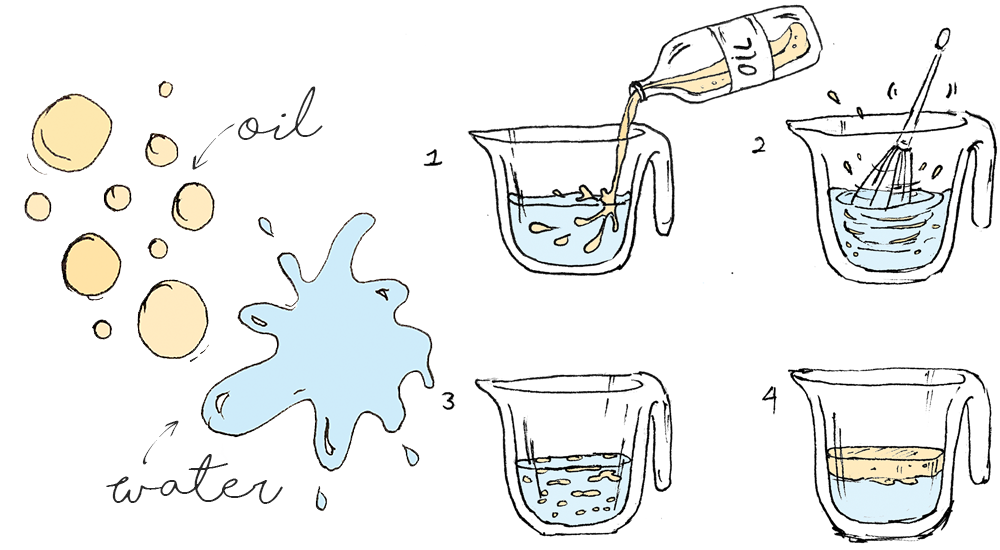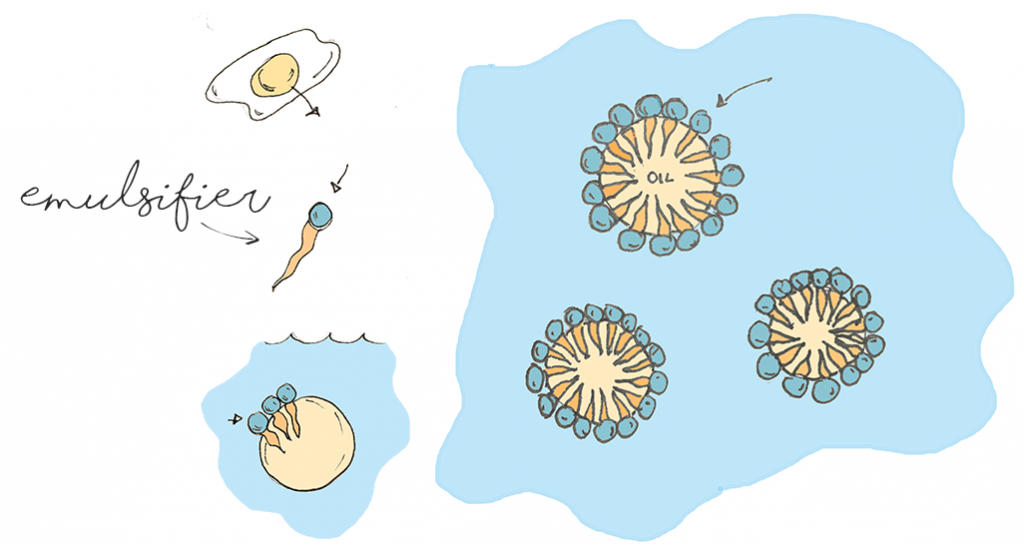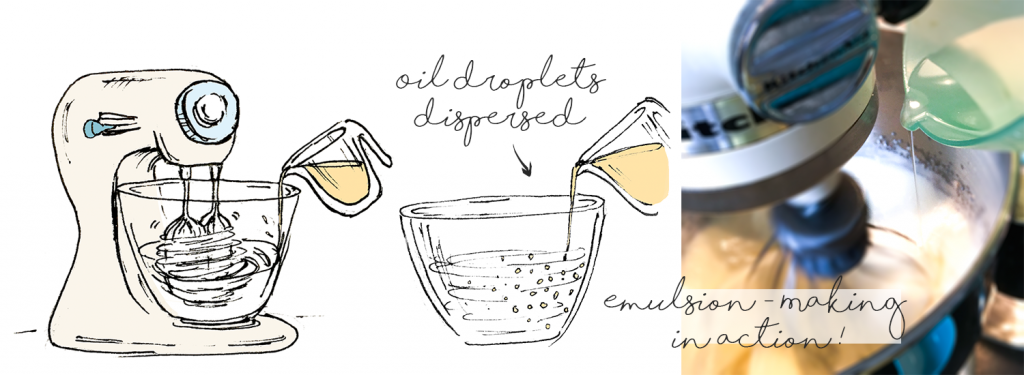A couple years ago, I decided I wanted to tackle Carrot Cake. That is, try to develop the ultimate version. I really didn’t know what I was getting into. There are so many variables in carrot cake that will and can impact the result. Like:
- The type of fat you choose: butter or oil?
- Choosing to add crushed pineapple (a common add-in in American carrot cake)
- The coarseness of your carrot bits
- How much spice, and which ones?
It is also common practice to substitute some of the fat used it the recipe with unsweetened applesauce.
With all of the factors, I ended up baking a total of 18 different carrot cakes before I finally had a recipe on my hands that I was happy with. You can find it here 🙂
Here are a few examples:

The first issue was texture. (Pics 1-5)
Most carrot cake recipes call for oil as a fat type -as opposed to butter. The cakes I made using oil tasted good, but turned out, well…oily. Touching the cake would leave a greasy residue on my hands, and tasting it would leave a film in my mouth. I didn’t really like this.
In the US, it’s typical to sub applesauce for some of the oil. I thought that this could be a solution to the grease problem. But, applesauce it turns out, can REALLY affect the texture. Applesauce contains a starch called Pectin. Pectin is in found the the skin of lots of fruits, and can act as a thicker under the right conditions. In a cake, applesauce will compete with the flour for the water (it wants to bond with it), and basically create a gel within your cake. If you add too much applesauce, your carrot cake with get gelatinous and rubbery.
So now I had a rubbery cake instead of a greasy one.
I toyed with a proportions for a while, and also tried butter: all butter, some applesauce etc. In the end, I found oil worked better, and I substituted some of the oil with applesauce. Applesauce is not only…well, not oily, but all adds some nice fresh flavor to a carrot cake.
Issue number two: The taste + add-ins (Pics 2-6)
Once I had the fat proportions somewhat figured out, I moved on to taste and add-ins. After some more tests, I had these conclusions:
- Pineapple tends to compete with spice and makes the cake gooey
- Too much/too many spices and you actually end up with a Spice Cake. Yummy, but a spice cake, isn’t a carrot cake.
- Coarsely grated carrots weigh down your cake, and you also end up chewing on carrot shreds. Not so nice. Go with finely grated carrots.
- Nuts and raisins? A matter of preference.
Issue number three: the rise (pics 7-8)
Now we arrive at the biggest challenge. Carrot cake has a lot of ingredients, and each ingredient can effect how your rising agents function. Also, you can have too much of a good thing.
While I was struggling with the gel/pectin problem and I started to notice another. What’s this dense layer at the base of my cake? As if the batter condensed and formed a rubbery layer. Hm…must not be enough baking powder in my recipe, I’ll add more. Nope. It turns out, this problem indicates that you have too much baking powder(or soda) in your cake. I will explain how this works in another post, because otherwise I will go too long. Also, once I got these proportion to what should be right, I still had some issues:
- The cake was still kind of oily
- The rise was half acceptable, still sort of uneven, with a thick layer at the base. Why??
Behold, the emulsion!
I was pretty frustrated at this point. I had already baked 16 versions! So, I went back to my research and after quite a bit of searching, I stumbled across a baking forum where someone mentioned the method of emulsion in baking a carrot cake. This was truly an ‘AHA’ moment. It made so much sense, and was the turning point for my carrot cake recipe.
So, what’s an emulsion? It’s the mixing of to things that shouldn’t actually mix. Like oil and water.
When you mix oil in water, you’re combining two substances with very different properties, and different densities. Density just means how compact something is. Water is basically more crowed with molecules than oil. The molecules that make up water also bond together in hydrogen bonds. Think of water as super crowed, with all the molecules linking arm in arm. No wonder oil can’t squeeze in! All this crowding makes water heavier than oil. This is why, when you mix oil and vinegar (vinegar is very similar to water), the oil will rise to the top. It’s lighter, and the water forces it out.

There is a way to make this work though. Think of Mayonnaise- also an emulsion. (When talking about emulsions, there are many different combinations. But all fall into two categories: oil in water or water in oil. It’s a simple way of categorizing what’s added to what. Oil is added to vinegar in a salad dressing, therefore it’s an oil in water emulsion. In Mayo, oil is added to egg yolks. Are egg yolks water? Nope, but it’s still called an oil in water emulsion).
Egg yolks contain an emulsifier called lecithin. Lecithin will actually bond and surround the surface of each oil droplet. It has a head that likes water and a tail that like oil. So it acts as a mediator, helping the two substances work together and stay mixed.

What does this have to do with carrot cake?
Well. my recipe had both eggs and oil. So I could start by beating the eggs, and slowly adding the oil to make an emulsion. The oil would stay contained within the eggs, and not escape out to the surface of the cake to make it feel greasy. The emulsion, if done right, would also provide a creamy and thick base that, when beaten at high speed, would trap air bubbles. All those tiny little air bubbles will expand in the oven. So this could help my cake to rise better.

Well, all this to say, adding emulsion into the method of my carrot cake worked like magic! After a few more adjustments of course! But the final result was fluffy and soft, rich and light textured, and super important, not oily! (pic 8). Hooray!! Victory! Thanks, emulsions…and emulsifiers 😉
To try out my recipe, you can find it here!
